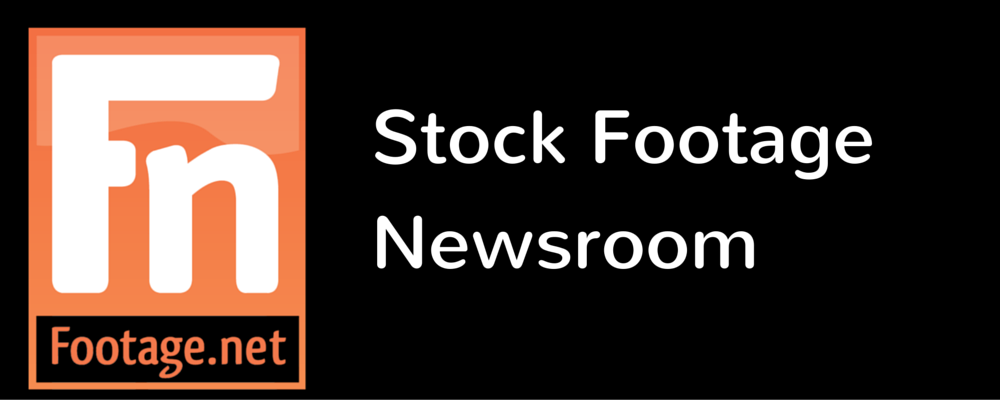Insights from Framepool on Shooting Drone Footage
/Our friends at Framepool continue to receive numerous inquiries about drone footage featuring breathtaking maneuver such as circling just above the heads of people at public events, shooting through the air between skyscrapers, interfering with flowing traffic on a busy freeway or chasing after extreme sports athletes from just a couple of inches. Cool shots, but often impossible to get, as production procedures tend to be illegal in many cases. Here's what they have to say about it.
There are plenty of reasons why shooting such close contact drone footage is limited by law. For example when the alpine skier Marcel Hirscher was almost hit by a camera drone during the Alpine Skiing World Cup in Italy in 2015. It was a close call when the camera drone crashed just centimeters behind him. As a consequence, the International Ski Federation (FSI) banned camera drones from its World Cup races.
At the moment, the rules for operating UAVs (unmanned aerial vehicles) vary not only from country to country, but can also differ regionally. Filming drone operators will need more than talent and technical know-how: a valid pilot license, as well as shooting permits and an extensive liability insurance.
These days, the legal requirements change daily, so filmmakers need to be up-to-date on the rules before conducting a shoot with a camera-carrying drone. Framepool offers clients pre-produced, stress-free drone aerials that can tell your story without any risk and offers you fascinating drone footage from all over the world.

